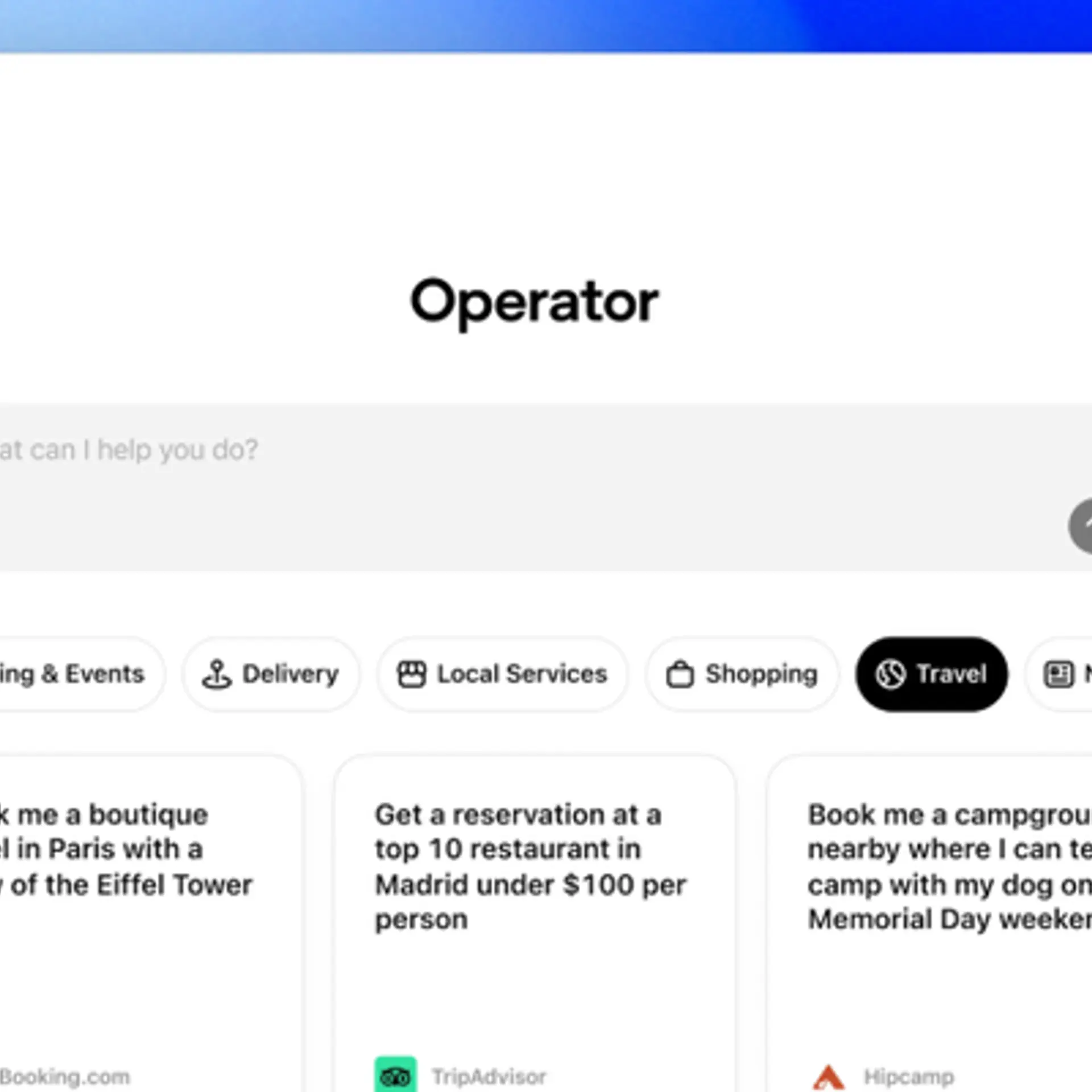
( This article is authored by S.R. Raja, AVP-Strategy and Dr. V. Sridhar, Research Fellow; both at Sasken Communication Technologies. Views are personal. )
The increasing adoption of smartphones, tablets, and broadband has at last become a reality and the need to make workforce agile are key drivers for more and more enterprises enabling their enterprise information systems to be accessible on the move. The traditional CIO of an organization held the forte of an enterprise information system that was well integrated, with often company supplied mobile phones bundled with corporate email with associated security features, coupled with extensive service level contracts with service providers running into years that provided her the comfort of security and ease of maintenance. However, thanks to the revolution started by iPads and tablets, users now demand a single device for both their corporate and personal use. However, this Bring Your Own Device (BYOD) phenomenon has become a nightmare for the CIOs.
The CIOs have an IT strategy that blends supporting (i) high volume, high value corporate users who are often mobile and access rich set of corporate information, with firm supplied mobile devices (i.e. iPads, Windows 8 devices) integrated with two-factor authentication for security and secured containers of corporate applications; (ii) medium volume, medium value users who access lean corporate information with secure container of corporate applications in their BYOD (i.e. mainly Android devices) with associated corporate policies for personal use and (iii) the bulk of corporate users whose main usage is restricted to email with just secure email access on their BYOD.
The problem of providing the required organizational security, quality and availability of their enterprise information systems to the BYOD user is not trivial. This requires a middleware to be developed with hooks to many types of mobile devices and platforms on one side and integrated in to the enterprise system on the other end. While the enterprise system vendors with their muscle power have entered in to myriads of partnerships (e.g. SAP in partnerships with Syclo, PhoneGap and Sencha Touch) to solve this problem specific to their systems, host of start-ups sprang up to address specific aspects of mobility, whether it be security or payment or collaboration tools (e.g. BitzerMobile that specializes in secure containers for enterprise applications). Biggies such as IBM developed a comprehensive suite of middleware/ applications that could dig in to the enterprise information architecture and mobile-enable the same (e.g. IBM’s acquisition of Tivoli End Point Manager, Cast Iron, and Worklight and subsequent integration in to its World Wide WebSphere). The evolving HTML5 is always available as a device and platform independent solution for building corporate applications.
The CIOs on the other hand, have to carefully choose the platforms, applications and middleware such that they can support the above mentioned three sets of user segments. Often they may have a mixed strategy of building some on their own with their IT staff, some bought out-of-the-shelf from third party vendors and some directly from the appstores of the platform providers directly downloadable on to user devices.
Associated with the above mentioned complexities of integrating the enterprise architecture with an associated middleware to enable BYOD compliance, are the contracting models. While the start-ups are quick to develop compliant middleware, may be targeting at the mobile enablement of a specific atomized set of enterprise transactions (e.g. order entry, time sheet entry, leave application), their go-to-market strategy often depends on the large enterprise platform vendors such as SAP/ Oracle, who themselves are building their own suite of middleware and tools for the same purpose.
Hence the reason for more hype than action in this space, since iPad was launched a couple of years back.Or rather, it has been a very slow. What does the future hold good?Do we see all aspects of enterprise information architecture mobile enabled? Do we see large enterprise platform vendors such as SAP enter in to myriads of partnerships with smaller start-ups to offer a comprehensive mobile-enablement? What should a start-up or system integrator look for as opportunities and challenges in this space? What is the IT strategy of the organization with respect to BYOD and how does CIO take it forward?
Come and attend the session on “Enterprises on the move” at Mobile India 2013 on 9 January 2013 at Bangalore. For more information and registration for the event visit this website.







